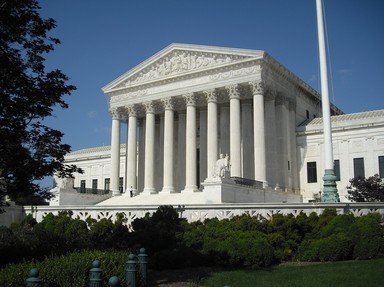Quiz Answer Key and Fun Facts
1. What landmark case about abortion was explicitly overruled by the Court in Dobbs v. Jackson Women's Health Organization (or Dobbs for short), a highly controversial opinion?
2. Which justice, confirmed to the Supreme Court in 1991, surprisingly joined the majority opinion of Justice Sotomayor in the case of Concepcion v. United States?
3. Which state appeared in the main name of the case that dealt with the EPA and a challenge by the North American Coal Corporation?
4. The controversial case of Kennedy v. Bremerton School District involved a petitioner who lost which of the following jobs after praying publicly?
5. What area of law, always present in American politics, was at issue in the 2022 Supreme Court case of Garland v. Aleman Gonzalez?
6. Which "Sooner State" was at the center of ___ v. Castro-Huerta, a case where the Supreme Court decided that federal and state governments may prosecute non-Native Americans who commit crimes on Indian lands?
7. The case Ruan v. United States involved the discussion of criminal statutes applied to which of the following situations?
8. Which policy, one that originally began during the Trump administration, was at issue in the case of Biden v. Texas?
9. In Torres v. Texas Department of Public Safety, did the Supreme Court decide that states could be sued in certain circumstances despite the doctrine of sovereign immunity?
10. After the case of New York State Rifle & Pistol Association v. Bruen was decided, which of these two groups supported the Court's opinion (written by the conservative Justice Thomas)?
Source: Author
Lpez
This quiz was reviewed by FunTrivia editor
trident before going online.
Any errors found in FunTrivia content are routinely corrected through our feedback system.
